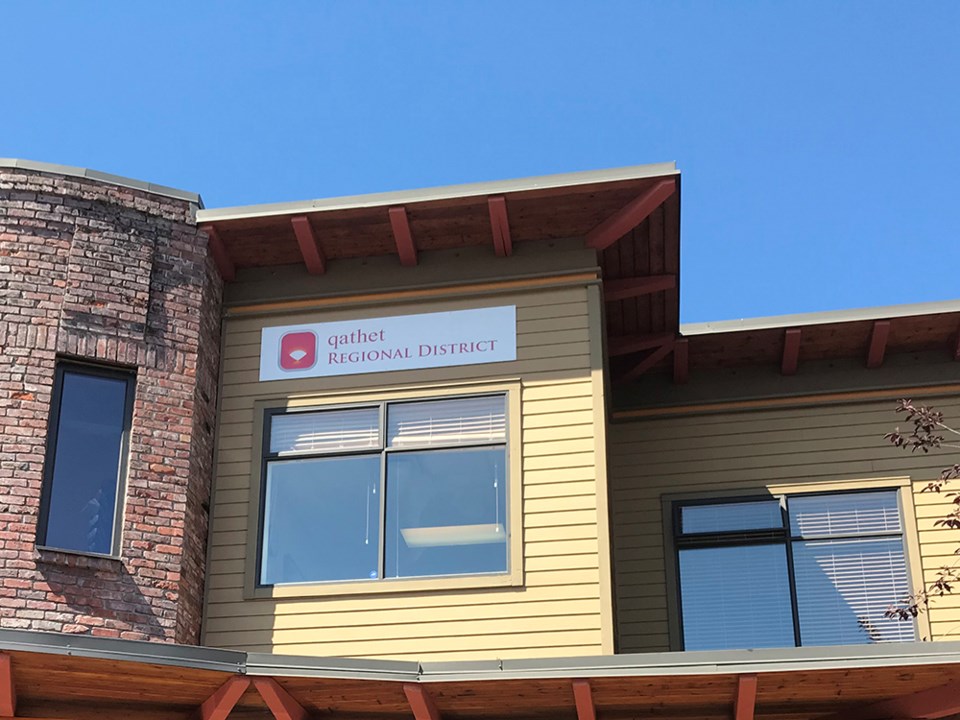qathet Regional District (qRD) directors were recently provided a consultant’s report looking into housing needs for the next five and 20 years.
At the December 4 planning committee meeting, consultant Patricia Maloney provided an interim update. She has been working with the qRD planning department, preparing the required housing needs report.
Maloney said in January 2024, the regional district completed an updated housing needs report. She said in the reporting process, 2021 census data was included.
Maloney outlined projected populations for 2028 from the report and the projected housing gap. She said the report was broken down into the types of housing units needed in terms of one, two, three and more than three bedrooms.
The 2028 housing gap in Electoral Area A was 23, in Electoral Area B, it was 75, in Electoral Area C it was 140 and in Electoral Area D it was 100, based on the 2028 projected population in the January 2024 report.
The provincial government, in July 2024, adopted new requirements for all municipalities and regional districts to complete an interim housing needs report by January 1, 2025. The interim report was to be compiled according to new standardized methodology developed by the University of British Columbia, which includes an online calculator to determine the amount of housing needed over a five- and 20-year time frame.
“The province is very clear that they want municipalities and regional jurisdictions to look long-term at housing,” said Maloney. “The five year is obviously critical. The further out we project, the less accurate the projections are.
“The standardized methodology was brought in by the province primarily because municipalities were using different ways of calculating their housing needs and they wanted something standard.”
In the recently completed interim report, the total five-year housing needs projections are 86 in Area A, 100 in Area B, 128 in Area C and 72 in Area D. In the 20-year projections, Area A’s figure is 212 housing units, Area B’s in 238, Area C’s is 297 and Area D’s is 164.
“These are new housing units that the methodology has calculated,” said Maloney.
She said most regional areas have funding challenges with regard to housing, and most federal and provincial grant funding for multi-unit affordable housing development requires connection to water supply systems. Provincial grants for accessory dwelling units are only available to local governments with building bylaws, inspections and permitting, which qRD doesn’t have, she added. There is also no regional housing reserve fund to support affordable housing units.
Maloney said recommendations to reduce housing needs include supporting secondary suites in all residential areas. Another is to support accessory dwelling units where provincial septic and water servicing standards can be met. The third is to promote nonprofit housing societies. Another recommendation is to track rental housing plus, considering the establishment of a regional housing reserve fund. The housing needs study also needs to be updated in 2028.
“It’s important to note that the government is realizing the methodology they have developed is not a one-size-fits-all solution,” said Maloney. “Using growth assumptions for a rural area like qathet can’t be the same as would be used by the City of Vancouver, the City of Nanaimo or the City of Powell River. By 2028, we will probably have new methodology, plus new statistics from Statistics Canada from the 2026 census, and the numbers might reflect some changes. You might see some drops in some of those housing needs.”
The committee voted to recommend the regional board accept the qathet Regional District Housing Needs Report Electoral Areas A, B, C and D interim update dated November 2024.
The committee also voted that staff be directed to write to the minister of housing highlighting concerns about UBC’s housing assessment resource tool for determining five- and 20-year housing needs as it pertains to rural areas.
Join the Peak's email list for the top headlines right in your inbox Monday to Friday.



